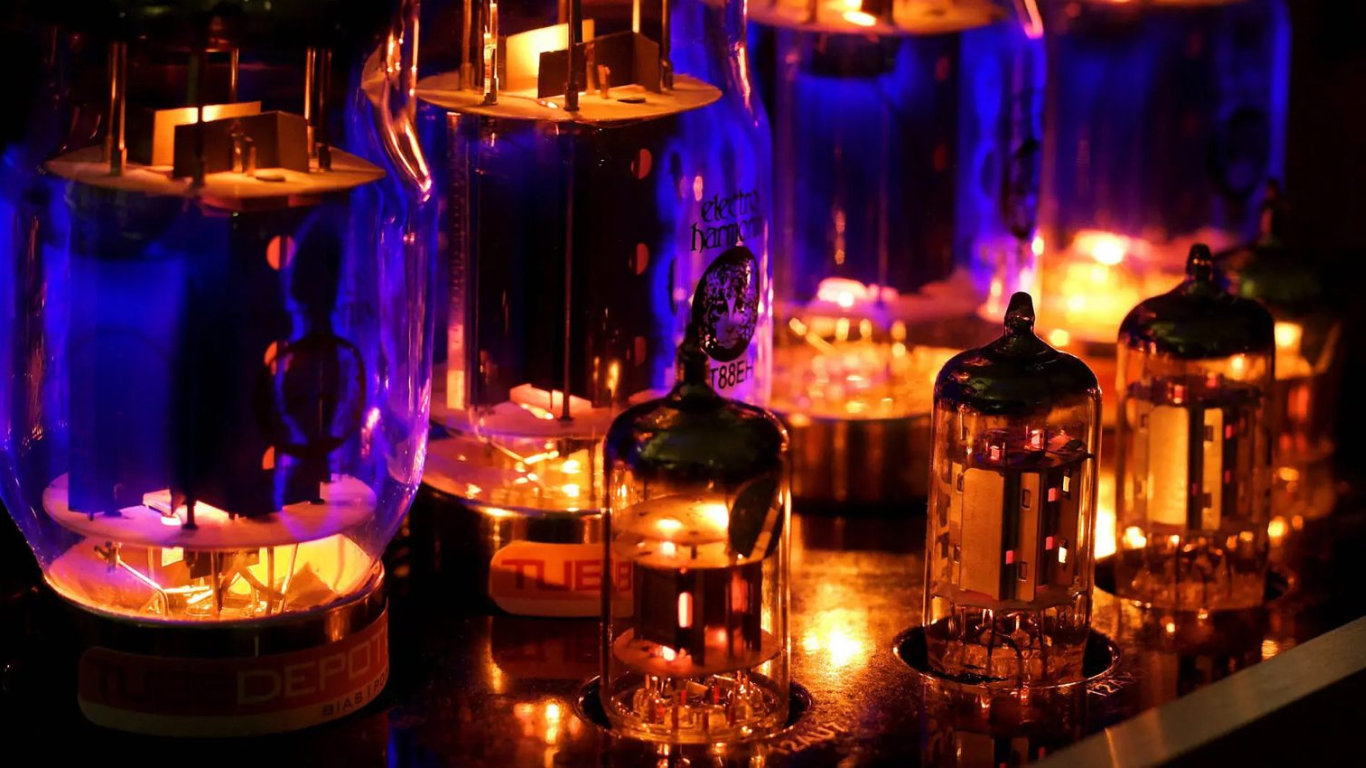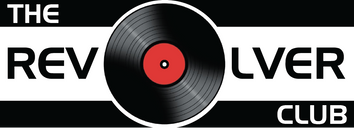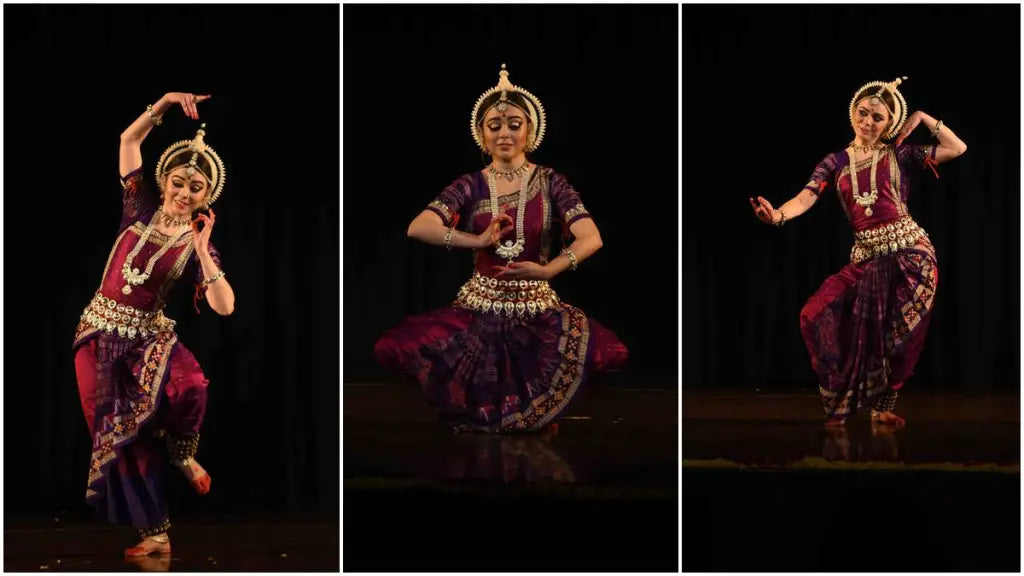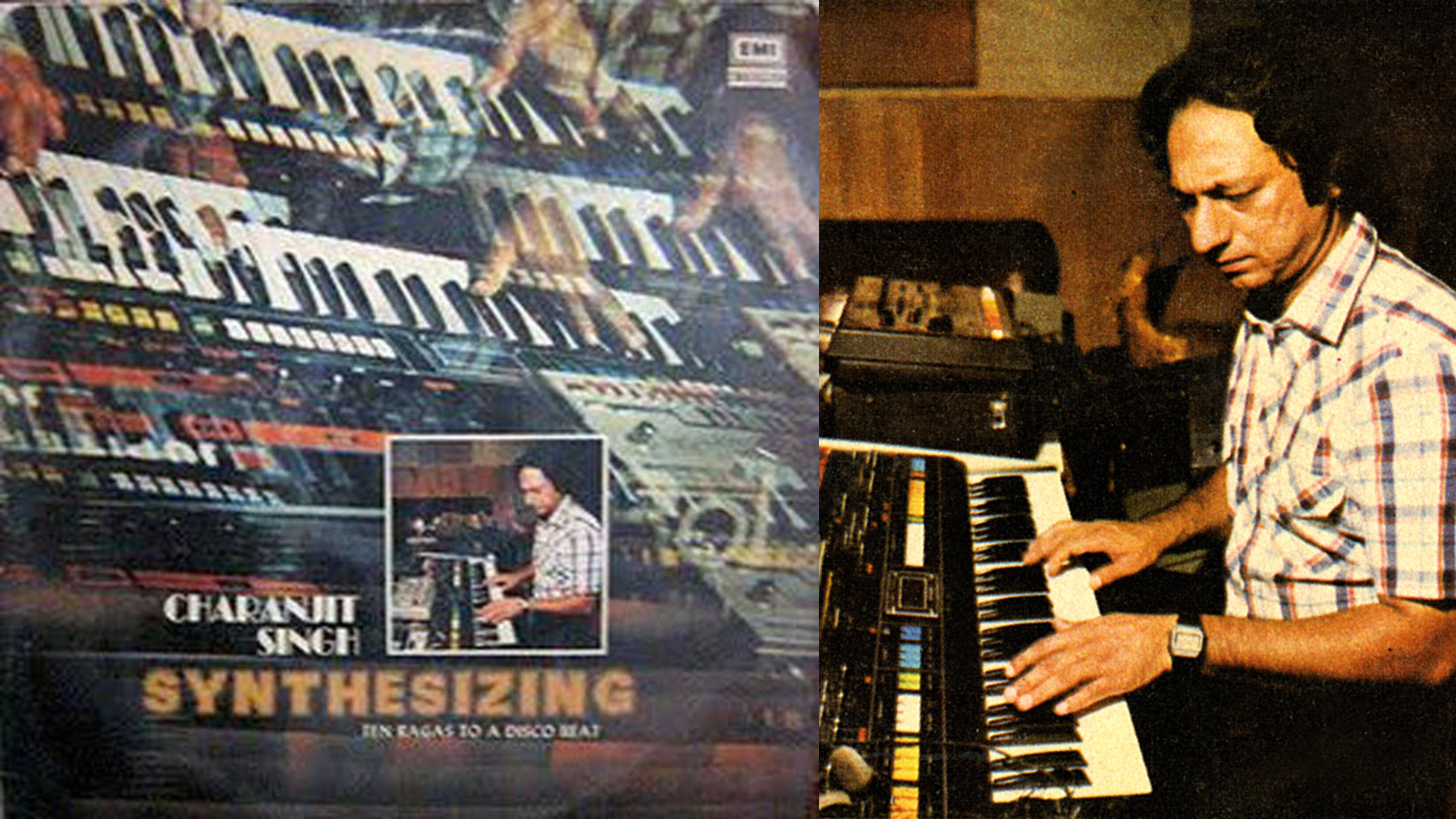Indian Audio Icons – Early Valve Amplifiers

Tube or valve amplifiers today are the holy grail for many an audiophile or guitarist. The term “tube amp” today may have rather luxurious connotations, evoking images of bespoke, no-expense-spared Hi-Fi products by the likes of McIntosh and others, but many younger Indian audio enthusiasts may be yet unaware about the role tube amps once played in Indian history. Of-course, this was a much less glamours role – one that began with the need for powerful public address amplification.

One of the earliest indigenous firms in the field of audio and radio electronics was founded by Gianchand Chandumal Motwane in 1909 with a focus on telephone equipment. By 1926, the firm was based in Bombay and was operating as the Chicago Telephone & Radio Co. The focus by then was shifting to the nascent fields of radio and audio. In-fact, Motwane became one of the first Indians to be involved with broadcasting in British India.



By the early 1940s, Chicago Radio was offering a line of tube-based amplifiers for indoor and outdoor use. Motwane himself was involved in the Indian independence movement, and Chicago Radio supplied loudspeakers, microphones, and amplifiers to almost every prominent independence movement leader of the time including Mahatma Gandhi, Jawaharlal Nehru, and Vallabhbhai Patel.

Amplifier production continued after independence. By the ‘60s, the common amplifier valves of the time were being used, as seen in this surviving CH-30 model using 3 ECC83/12AX7 dual-triodes, 4 EL84 pentode output tubes, and two EZ81 rectifiers.

The Chicago Radio brand remained culturally prominent during this time, with Lata Mangeshkar singing “Aye Mere Watan Ke Logon” in 1963 to honour the martyred soldiers of the 1962 war with China, through a Chicago Radio sound system. A legendary performance that brought tears to the prime minister’s eyes and reached the ears of millions.

Another iconic name in Indian made amplifiers is Ahuja Radios. The firm was founded by Mr. A.N. Ahuja in 1940, and soon began production of PA equipment including amplifiers. By 1958, the operation had expanded to a 36,000 square-foot plant in New Delhi, inaugurated by prime minister Nehru himself.

The TM series of amplifiers from the ‘60s and early ‘70s became hugely successful. A prime example is the TM30, a mono PA amplifier with multiple mic and phono inputs. 3 ECC83/12AX7s are used in the input stage, with one acting as a phase inverter to drive the push-pull output stage using 2 EL84s.







Comments